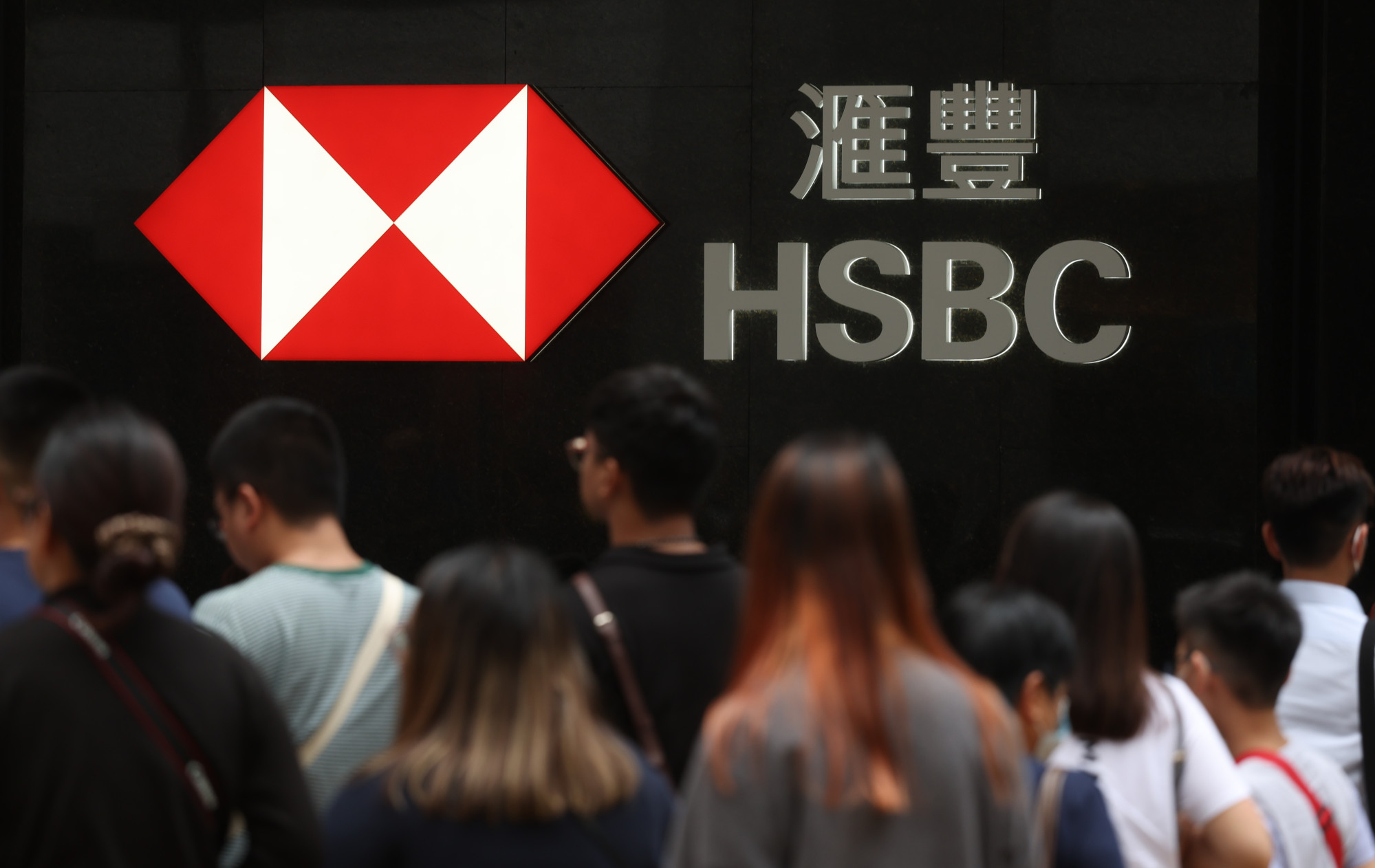
New MPF platform to offer Hong Kong investors more control over portfolios
- The dozen MPF account providers are due to complete the shift to the new electronic platform, which allows for day-to-day adjustments of holdings, by the end of 2025
Hong Kong is overhauling the Mandatory Provident Fund (MPF) system, launching a single unified platform for members, trustees and employers. The long-overdue move, the first major reform since the MPF was launched in 2000, will offer investors more control over their portfolios and allow them to more swiftly adjust the make-up of holdings in response to market shifts.
For compulsory retirement accounts, the approach for many members runs counter to logic used in day-to-day investing. Because MPF returns can typically be withdrawn when one turns 65, more than a few of the 4.75 million members simply set up a portfolio when opening an account, then forget about it until the annual statement arrives.
When markets boom, this can yield a pleasant surprise.
But Hong Kong’s retirement scheme has had it rough lately. The Hang Seng Index is down more than 45 per cent over the past three years.

The MPF suffered losses in 2021 and 2022, managing to avoid an unprecedented third year of losses with a 3.5 per cent gain in 2023. Most of those came from other markets such as Japan and the United States, where global capital flowed to take advantage of high interest rates.
They offset losses in funds focused on mainland China and Hong Kong.
Even if one wanted to adjust a portfolio in midyear, it is not that straightforward. The 12 different MPF providers host accounts on their own platforms that vary in capabilities.
Some are so cumbersome it is hard to react to the markets in any dynamic way. That means even if one desired, it would have been difficult to bail out of Hong Kong and China funds in the third quarter last year, when the first-half gains were evaporating, and weight your portfolio towards the US or other markets that were trending positive.
That will change when members, trustees and 359,000 employers come together onto the single electronic MPF platform. The fund providers will shift over starting in June with smaller players, like YF Life Trustees, giving them a chance to get used to the platform first.
EMPF Platform: Hong Kong to move smallest firms first, HSBC by end-2025
The rest will move over by the end of 2025 with HSBC and Hang Seng Bank, with the largest portfolios, moving last.
Data protection is key and lawmakers rightly have concerns about security during the migration. Ayesha Macpherson Lau, chairwoman of the pensions regulator, said the system would be tested multiple times, cybersecurity controls would be put in place and back up data centres added to ensure the MPF data was safely migrated.
The platform also would reduce administration costs by 30 per cent in the first two years, Lau told lawmakers.
Presuming all goes smoothly, by the end of 2025, nearly 4.8 million MPF members will be able to respond to shifting market sentiment in closer to real time, using the platform to help grow their nest eggs.

